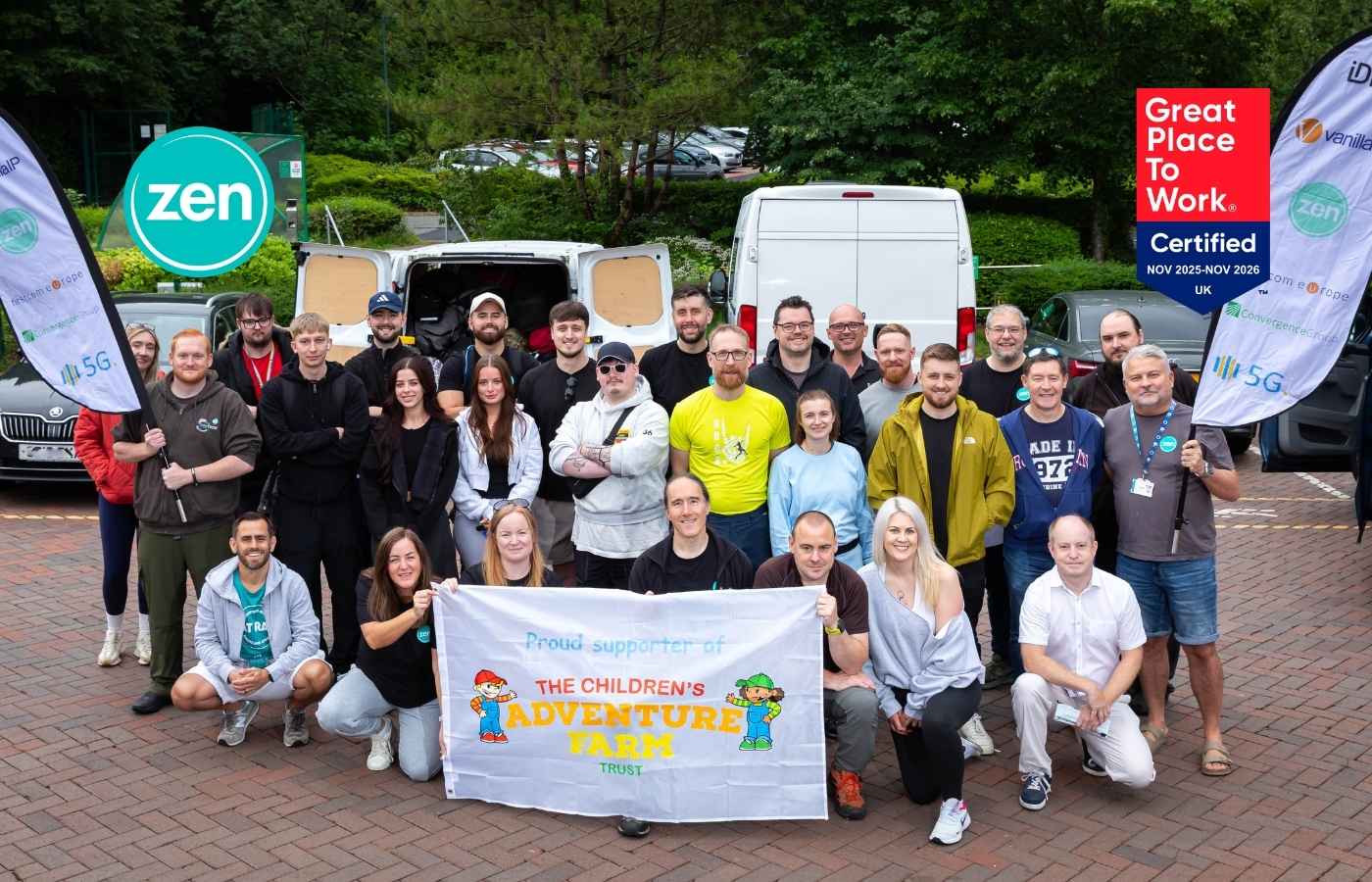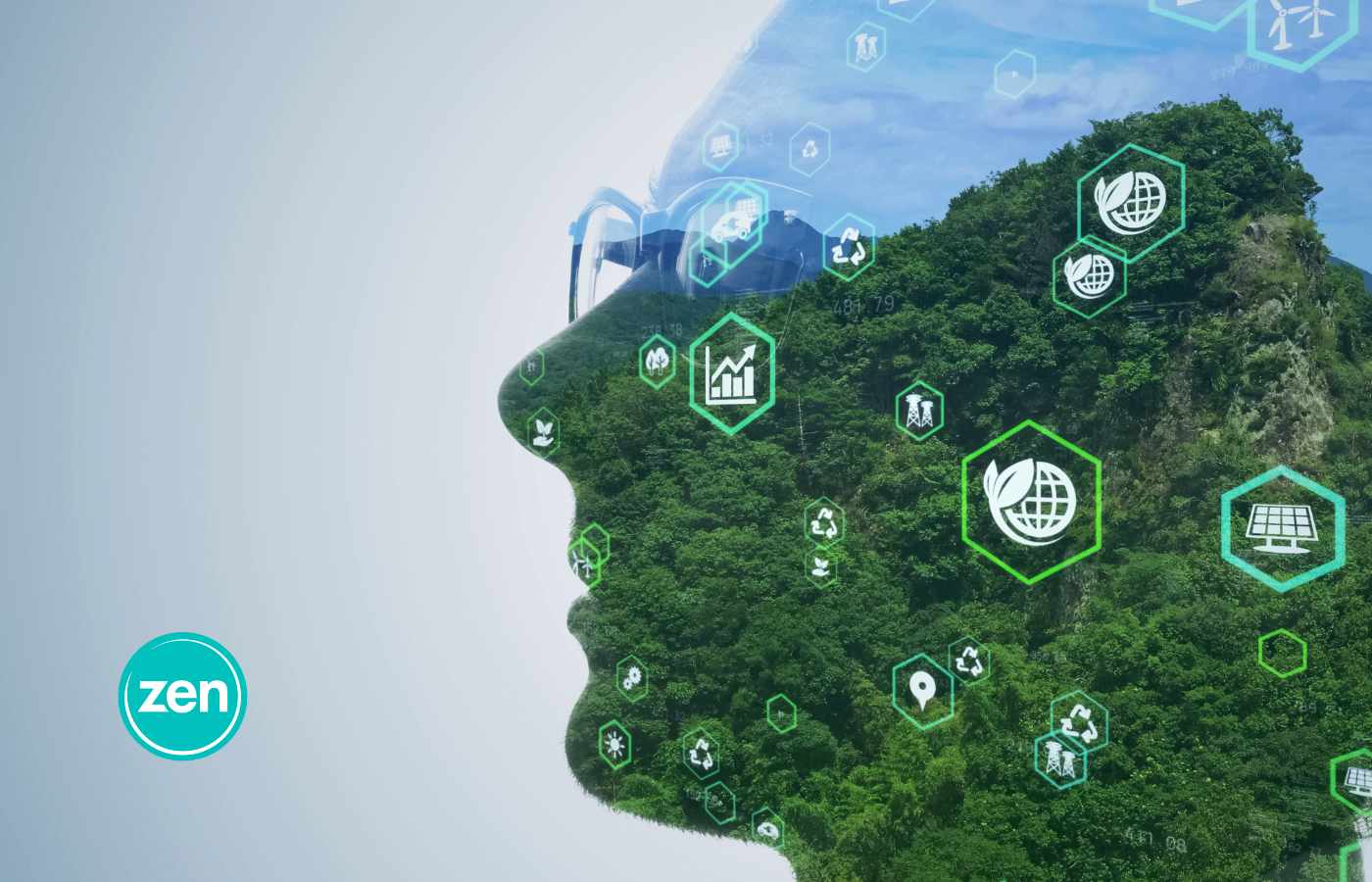As a business committed to being Net Zero by 2040, we’ll be sharing lots of details on our progress as well as providing useful hints for those joining us on the journey in the months and years ahead.
But right now, at the very start of the process, we thought it would be helpful to take a step back and look at some of the terminology that seems to dominate the Net Zero conversation.
So let’s start with that main term itself…
Net Zero
When businesses, governments and scientists talk about Net Zero, there may not be absolute consensus on what it looks like and how we’ll get there, but there is a general agreement on what it means.
In a nutshell, Net Zero is the result of balancing the amount of carbon added to the atmosphere against the amount of carbon removed. It will be achieved by a combination of reducing the number of carbon emissions (less polluting technology, etc.) and increasing the level of carbon removal (by planting more trees, etc.).
When this is done right, the amount of carbon emitted into the atmosphere will be ‘Net Zero’ (or even better, we might even achieve overall carbon reduction).
We’ve signed up to the SBTi Net-Zero standard, but more on that later.
Scope 1, Scope 2 and Scope 3
You’ll be hearing a lot more about the three scopes used to measure progress toward Net Zero. They are the mechanism used to measure organisations’ greenhouse gas emissions, and in order to achieve true Net Zero, action must be taken to reduce all three.
Scope 1 emissions are those from sources that are directly owned or controlled by the organisation. The amount of petrol or diesel used by fleet vehicles is a good example of a Scope 1 emission.
Scope 2 emissions take this one step further, covering the indirect emissions caused by a business when, for example, it purchases and uses energy. Using that fleet example again, if an organisation were to use electric vehicles instead of petrol ones, the emissions would be produced in the generation of the electricity used to power them. These are Scope 2 emissions – outside of the direct control of the business but still their responsibility.
Scope 3 emissions are in many ways the most difficult element in achieving Net Zero status. These emissions are neither produced by the business nor the activities or assets they own or control. Instead, they exist elsewhere in the supply chain. Think of – using Zen as an example – the emissions created in the manufacture and transport of the routers we use.
It can be very difficult to control Scope 3 emissions, but if all businesses take the journey to Net Zero together, one organisation’s Scope 3 emissions will be another’s Scope 1 or 2 and so on.
Carbon Neutral
This is a term that has been around for some time, and at first glance would appear to be the same as Net Zero. Like Net Zero, carbon neutrality aims to strike a balance between emitting carbon into the atmosphere and absorbing carbon from it.
There is a distinction though.
Generally, ‘carbon neutrality’ can be achieved through offsetting. That’s the act of participating in or investing in schemes designed to make equivalent carbon reductions elsewhere. That might involve, for example, investing in tree planting or green energy schemes. In theory that could mean that a business could become carbon neutral without making any reductions to the carbon it produces.
Net Zero places a much greater emphasis on proactive carbon reduction, where the main priority for a business is to reduce its own emissions, using offsetting as a secondary option.
Carbon footprint
You’re probably familiar with this term, but what does it mean? Carbon footprint can be understood as the total amount of carbon dioxide that is emitted through the activity of businesses or individuals. That includes everything from travelling by car or plane to using a kettle or the electricity used in a manufacturing plant.
Buying local produce, reducing plastic use, reducing unnecessary journeys and even turning down the heating are all examples of the ways that households and businesses can reduce their carbon footprint.
Greenwashing
Greenwashing is essentially the marketing or PR spin that businesses dishonestly place on their products or services to capitalise on the growing interest in sustainability. The claims they make tend to paint the business in a good light even though little to nothing is actually being achieved.
A business may, for example, claim that their product uses ‘recycled materials’, and while this may be true to an extent, those materials may make up a very small percentage of the product itself. Such exaggerated claims can mislead customers into thinking better of the business.
It is important that any claims are backed up by evidence and action. Where this doesn’t exist, customers should be wary of the claims being made.
Decarbonisation
This term is generally used in a wide-reaching way, referring to the process of reducing carbon emissions resulting from human activity. It is a term favoured by businesses and governments to refer to the holistic efforts to reduce or remove global CO2 emissions.
Science-based targets
At Zen, we are signatories to the SBTi’s (Science-Based Targets Initiative) Net-Zero standard.
That standard aims for an increase in global temperatures of no more than 1.5°C above pre-industrial levels by 2050.
We are committed to ensuring our data is accurate and the targets we put in place can be measured and reported. We have set a near-term target of 50% reduction in Scope 3 emissions by no later than 2030 and a long-term target of 90% reduction by no later than 2040.
You can read all about the standard here and learn more about our own commitments here.

Zen Internet - Home SalesSales
01706 902573
Zen Internet - Customer EnquiriesCustomer Enquiries
01706 902001


